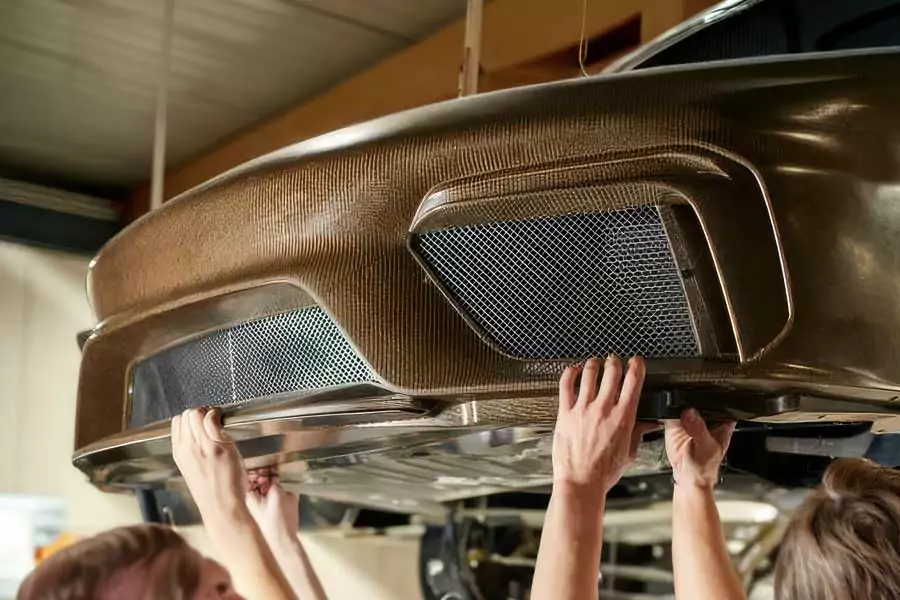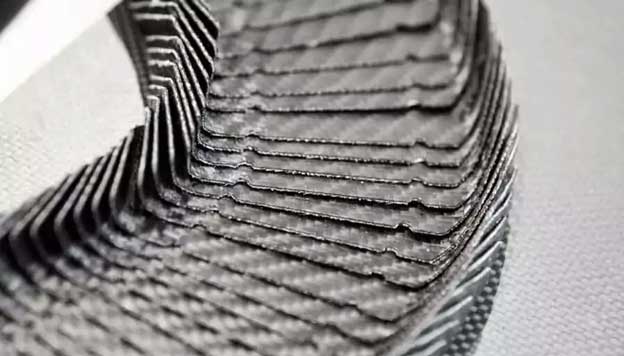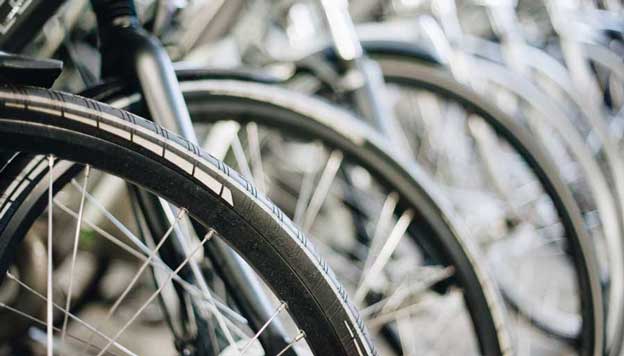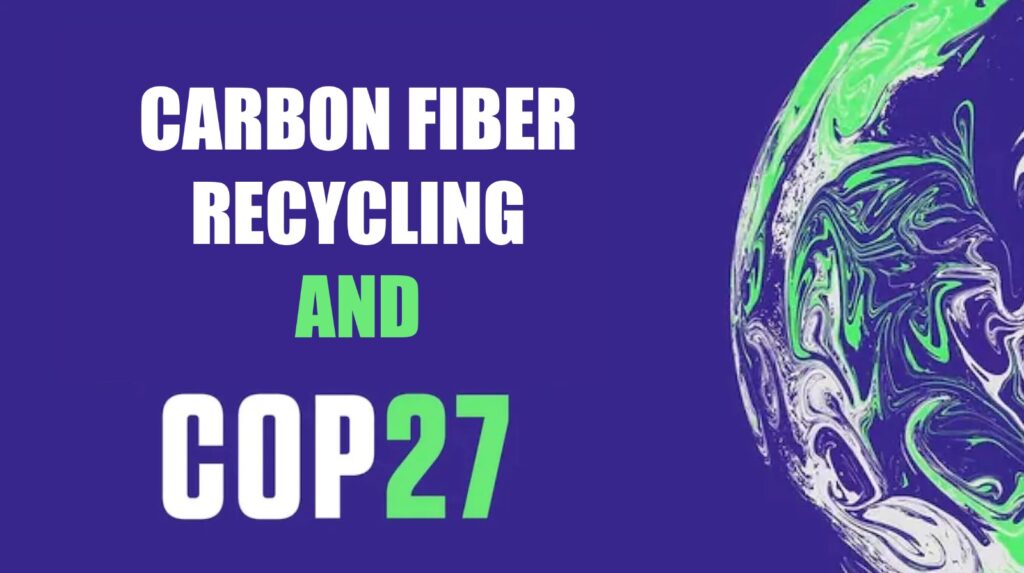
Thermoplastic CFRP remains the best option for sustainable production
Making the switch from unsustainable thermoset continuous fiber reinforced polymer (CFRP) to recyclable and reusable thermoplastic CFRP remains the best way for composite laminate manufacturers to be more sustainable. Thermoplastic CFRP is more environmentally friendly than thermoset CFRP because it can be recycled and requires less energy to process.
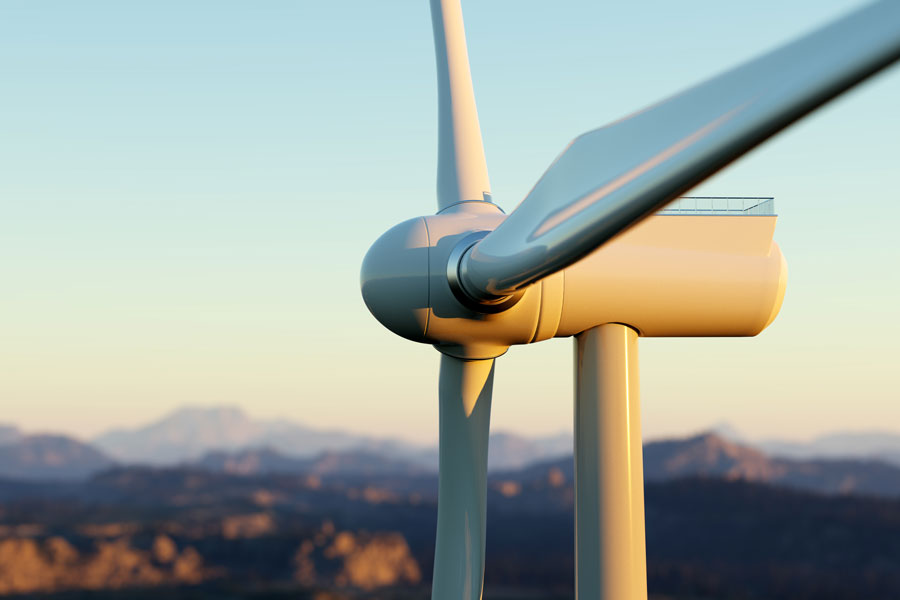
The COP27 Climate Change Conference Outcome
At COP 27 the response of global leaders to calls for action on climate change did not lead to legislation or decisions that will have immediate impacts on emissions or fossil fuel use, but countries with higher emissions will pay damages to countries most affected by climate change. Former UK Prime Minister Gordon Brown has targeted China as a major high emission economy.
What were the six main issues discussed at COP27?
- Finance to pay for climate change damage
- Emissions costs and tariff mechanisms for worldwide products and services
- Reducing coal consumption
- Reducing carbon emissions
- Offering technical support and financing for climate affected countries
- Getting countries ready for climate change impacts
Who is responding to the climate change threat?
The EU has implemented the Carbon Border Adjustment Mechanism to impose a ‘green tariff’ on imports into the EU from environmentally polluting countries, starting October 2023. Goods imported from China into the EU will be affected. US president Joe Biden puts climate change central to US relations with China, following US landmark emissions reduction legislation.
What steps can businesses take to be environmentally friendly?

Government failures to take immediate action to protect the environment is causing increasing public unrest. People are aware that their wellbeing and the wellbeing of their descendants is threatened by damaging and polluting industries. Businesses need to respond to consumer demands for sustainable products to remain competitive..
Six ways businesses can respond to consumer preferences for green products
- Use recycled materials
- Focus on recyclable products
- Make products reusable
- Reduce material use
- Minimize carbon footprint
- Reuse waste from manufacturing
Thermoplastic CFRP For Sustainable Composite Laminates
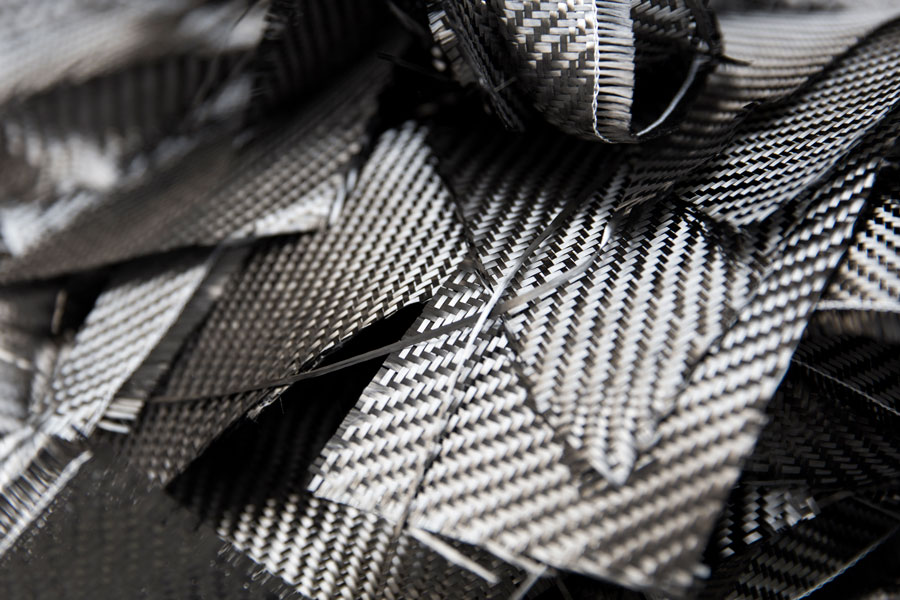
Thermoplastic continuous fiber reinforced plastic (CFRP) is a green material that has several environmental benefits compared to some traditional materials. One main advantage of CFRP is that it has a high strength-to-weight ratio, which means that it requires less material to achieve the same level of structural integrity as other materials.
CFRP enables the manufacture of lighter, more energy-efficient structures, which can reduce the carbon footprint of transportation and manufacturing. It is also durable, with a long lifespan, which can reduce the need for replacement and disposal.
Where is Thermoplastic CFRP used?
Thermoplastic continuous fiber reinforced polymer (CFRP) and thermoset CFRP are used in a variety of applications. Thermoplastic carbon composites are used for greener bicycle component manufacturing and recyclable carbon fiber composite laminates for footwear, as well as sports protective equipment, aerospace panels, automotive manufacturing, consumer electronics, and strong, lightweight interior panels for buildings.
What makes Complam Thermoplastic CFRP better than Thermoset CFRP?
Thermoplastic CFRP has a lower carbon footprint than thermoset CFRP because it can be recycled, offering a sustainable solution for CFRP manufacturing. When a product made from thermoset CFRP reaches the end of its useful life, it must be disposed of in a landfill, where it will remain indefinitely.
Thermoplastic CFRP can be melted down and reused to make new products, reducing the need to produce new materials and the associated greenhouse gas emissions. In addition to its recyclability, thermoplastic CFRP also has a lower carbon footprint than thermoset CFRP because it requires less energy to process.
Full lifecycle management of Thermoplastic CFRP with Complam closed-loop recycling systems
It is important to consider the full life cycle of CFRP to evaluate its environmental impact. Production of CFRP can require significant energy and environmentally damaging chemicals. Complam offers a closed-loop return / recycling system as the best way to offset this.
Low energy, flexible manufacturing with Thermoplastic CFRP
Thermoplastic CFRP can be molded by several processes, including injection molding and extrusion. These require less energy than processes used to manufacture thermoset CFRP, such as autoclave curing. Thermoplastic CFRP a sustainable, recyclable alternative that enables.
Contact Us
Contact us to discover our range of green and sustainable products that address the need for sustainable advanced composites in carbon fiber, glass fiber, or organic fibers. Our high performance, durable, low carbon footprint CFRP has excellent visual appeal, and Complam CFRP is fully recyclable. With us you can have the benefits of CFRP and still focus on sustainability.

